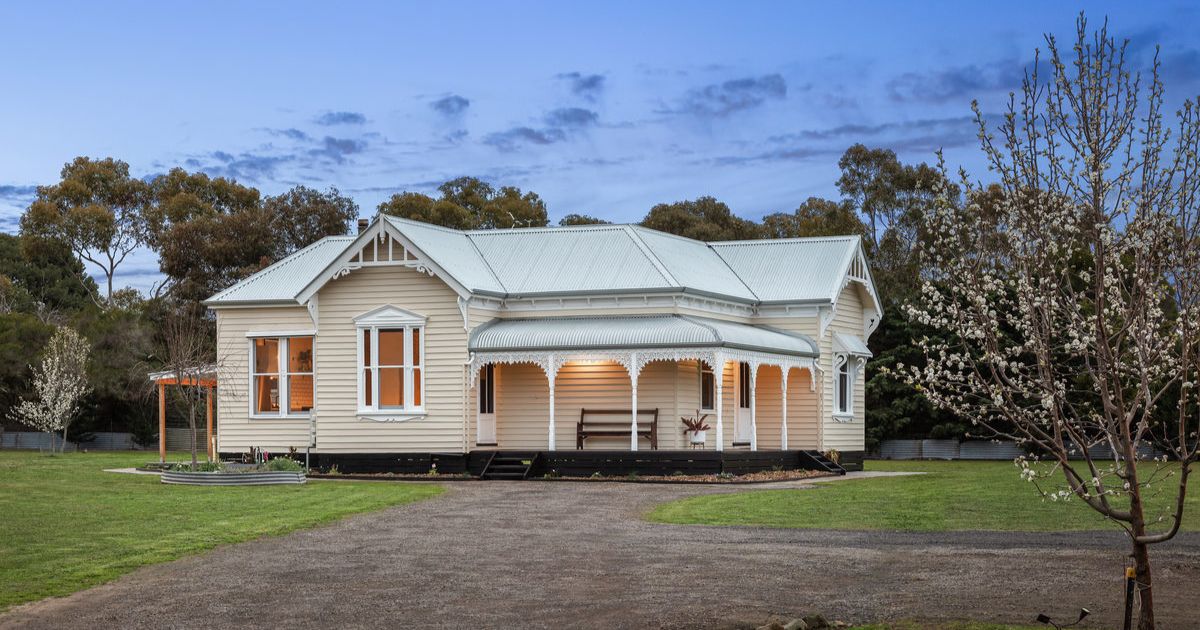A look at housing market fluctuations
THE idea of a housing bubble or any other kind of economic bubble has always been debated by economists.
Some believe that a bubble cannot be separated from the market when trying to think about it as a phenomenon.
They believe that the market determines the price, based on supply and demand, and if there is a lot of demand then the price will go up.
If not, it goes down. To some economists, there is no reason to think that the price is divorced/separate from the asset.
However, there is a larger consensus on the idea of an economic bubble (whether it be a housing bubble, tech bubble, stock market bubble etc.) being a valid phenomenon.
When flowers were more precious than gold
In 17th century Holland, advancements in the breeding of new varieties of tulips created a number of beautiful variants of the flower.
What resulted was one of the most famous economic bubbles of modern times: the price of tulip bulbs accelerated incredibly quickly, to be worth 10-15 times the average salary of a craftsman.
What caused this?
It wasn’t just that people thought that these new tulip varieties were beautiful, there were a number of particular factors that influenced this bubble.
The bubonic plague had recently hit the Netherlands so there was a heightened emotional factor that impacted the bubble; a human-based factor that is common to a housing bubble or any other kind of economic bubble.
Bidding for tulip bulbs also took place predominantly late at night in pubs/taverns where people were influenced by the effects of alcohol, where bidding on tulips became a drinking game, while much of it relied on credit/debt, another fundamental aspect of an economic bubble.
The crash of the tulip price was just as quick and dramatic.
What are the signs of a housing bubble?
Since the Global Financial Crisis, a number of countries, including Australia, have seen dramatic rises in property prices, there is no greater example of this than in Melbourne and Sydney.
Housing affordability is often paired with the idea of a housing bubble, but there are a number of factors that influence housing affordability, such as general economic growth in a country, wage growth, energy prices, job growth or decline.
However, in 2017, Sydney house prices averaged 13 times that of average yearly incomes; anything above five is considered to be severely unaffordable.
What fuelled this Sydney housing bubble?
A construction boom of high density living (apartments) is generally seen as a strong cause of a rise in property prices.
In the 2015-16 financial year, 24 per cent of Australia’s GDP growth occurred from just three inner-Sydney districts – this predominantly came down to the construction of new apartment buildings.
There are other reasons for dramatic rises in house prices: strong population growth, offshore demand increase for properties in Sydney and Melbourne, risky lending practices and easy access to credit (such as a large number of interest-only loans), and a lack of financial literacy in new homeowners to name some of the larger influences.
What tells us that Sydney and Melbourne were the epicentre of this housing bubble was the lack of similar performance outside of these inner-city areas, especially in cities such as Perth and Darwin.
Some are hesitant to identify housing bubbles as “bubbles” because this implies that there will inevitably be a housing bubble burst, just as there was a sharp fall in tulip prices in the 17th century or a sharp fall in the Japanese stock market in the 1990s after its own growth bubble.
Economists are less convinced that property prices in Melbourne and Sydney are as susceptible to a crash in value, but more to a gradual and manageable downturn.
However, there are arguments for letting the air out of a bubble without it crashing.
In 2017, macro prudential regulation techniques by the Australian Prudential Regulation Authority (APRA) were announced in March, aimed at reducing the influence of speculation/investor lending on the housing market.
This proved to be successful in reducing the ratio of investor lending within the market and in essence, slowly letting the air out of the tyres.
Written by Douglas Ross at VIEW.com.au



















